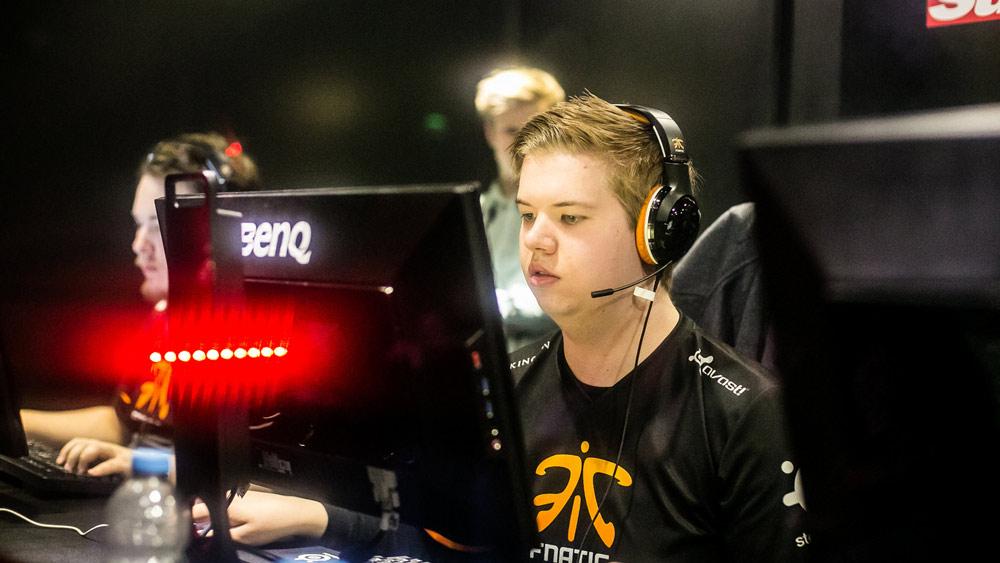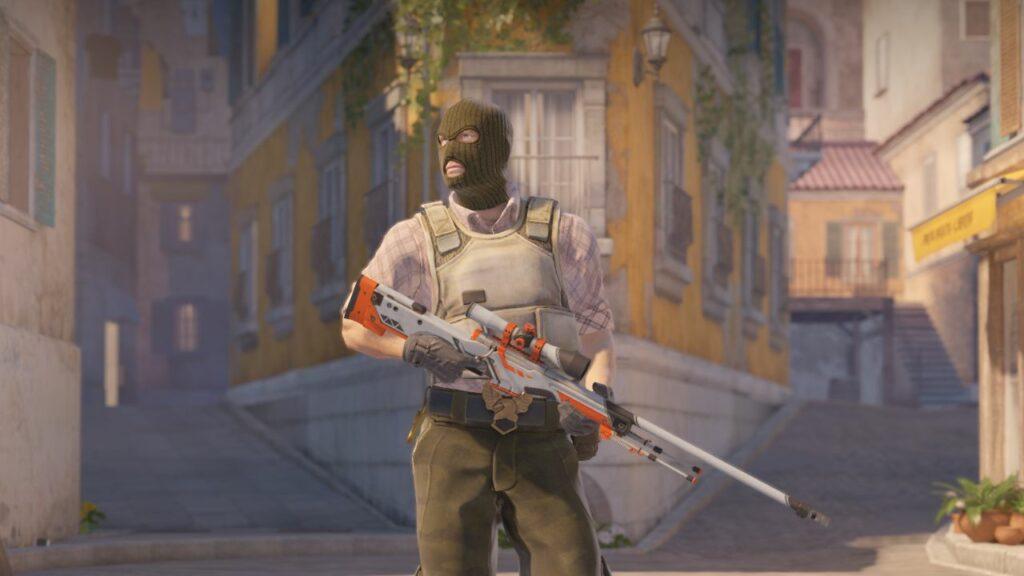
JW’s knife kills vs FaZe prove that knives aren’t always worth it
There are few things that are as satisfying as a knife kill in Counter-Strike: Global Offensive. In a game filled with gunplay, it’s rare to get close enough to use CSGO’s decorative knives, so players rarely pass up the opportunity to literally stick it to their enemies.
Professional players are no different. During Fnatic’s showdown against FaZe Clan on April 5, Jesper “JW” Wecksell managed to slip past the lone A bombsite defender and come up behind four of FaZe’s players. To the caster’s delight, JW took out his knife and ultimately killed two of them, grabbing $1,500 per kill for a $3,000 total bonus.
It seems like it was a good move. JW had an extra $3,000 and his team had won the round. But from the point of view of solid Counter-Strike, it wasn’t. Here’s why.
JW’s knife cost Fnatic more than it gained them
There’s more to CSGO than just getting the kill, and JW’s decision to knife two of FaZe’s players could have had a domino effect on Fnatic’s economy and eventually led to a loss on Inferno. If FaZe had been able to win just one or two more key rounds, they could’ve taken the series from Fnatic.
The reason why JW’s double knife, no matter how impressive it looked, was ultimately a bad idea stems from the state of the game’s economy before that round. Fnatic had forced FaZe onto a complete eco while Olof “olofmeister” Gustafsson stood watch on the A site, the remaining FaZe players took off angles and elevated positions on the B site.
Economically, Fnatic had money to burn. That said, Freddy “KRIMZ” Johansson was down to his last $600. Those situations can quickly snowball after two or three round losses.
What we need to know is, just how much did Fnatic lose due to JW’s double knife? At round 9, Fnatic had FaZe on a full eco. That means that it never mattered to FaZe if their members died; they didn’t invest a single dollar in the round. By sticking to B, they had hoped to overwhelm Fnatic with numbers if the Ts came that way, or deny them the kill reward by saving if Fnatic went A.
Even more important is what Fnatic lost. After JW gets his two knife kills, both JW and Robin “flusha” Rönnquist, who had been pressuring banana while JW flanked FaZe, died to the CTs’ default pistols. Additionally, Maikil “Golden” Kunda Selim was caught in lane by Nikola “NiKo” Kovač, who had picked up JW’s MP9.
All told, JW’s $3,000 double knife resulted in a net loss of $3.300. We didn’t factor in either flusha’s CZ-75 or JW’s MP9 because both players would have likely upgraded the next round. Golden’s M4A4 probably would have been taken forward.
Knife kills are lucrative but risky in CSGO
There is an important lesson here for new players. Just because they can hunt for kills when the round is all but won doesn’t mean they necessarily should. JW could’ve hidden or slowly backed out. Flusha didn’t have to engage with only a CZ. They did, and put themselves at a possible disadvantage by doing do.
Fnatic would end up winning the series 2-1, but fans have seen similar plays doom other teams.
The most memorable time a knife went horribly wrong was during 2019’s ESL One Cologne. Team Liquid’s Ncholas “nitr0” Canella was stuck in a one versus three against Natus Vincere on Dust 2. As he rotated through mid, Oleksandr “s1mple” Kostyliev went for a knife kill and missed, allowing Team Liquid a way back into the match after nitr0 clutched the round.
Sometimes, it’s both easier and safer to take the sure kill, no matter how tempting a knife may be.
Recommended

s1mple is offering lessons to help you get good at CS2
Have you dreamed of playing like s1mple?

Recent CS2 ban wave punishes cheaters during live games
Valve is banning players in bulks.

Players hopeful after Valve adds Overwatch to expose CS2 cheaters
Only “trusted” players will be Overwatch investigators.







